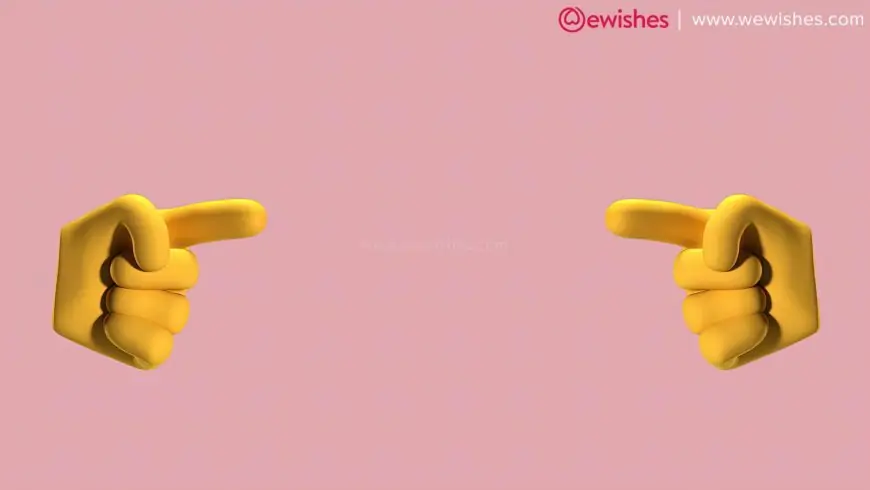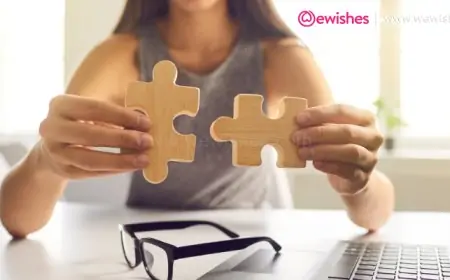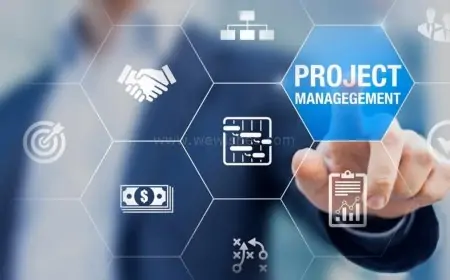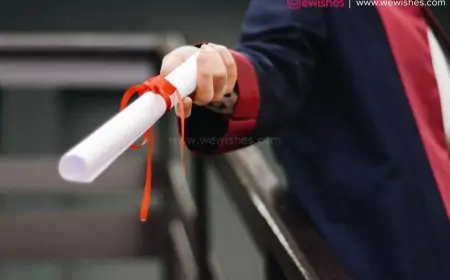Since the beginning of time, technology has helped people to learn faster and easier by simplifying their lives. Education is one of the fields that is constantly evolving, especially in recent years. The development of new technologies such as artificial intelligence (AI), virtual reality (VR), and 3D animation has opened new doors for educators. These innovations have made it possible to create interactive courses with characters or objects that respond to different stimuli. Thanks to this, you can learn faster and retain more information, which makes you stand out from the competition when looking for a job after school.
Here's a look at how 3D animation can be used in education.
What is 3D Animation?
3D animation is the process of creating artificial images that mimic real-life objects. These images are generated by computer software, often in the form of a video clip. Since technology has improved, creating high-quality animations using a virtual environment is now possible. This environment allows you to see the scene from different angles, zoom in and out, and modify the colours and textures of the objects. With 3D animation, you can produce unique content that helps explain concepts better and create engaging videos.
It's also useful for training purposes, teaching languages, and for creating virtual reality (VR) and augmented reality (AR) experiences. An example of 3D animation is the character you see on your favourite show. The person who plays the role of this character might not look the same in real life. But in the TV show, the character is depicted in a particular style. The colours, the environment, the background, and the other characters are all created with CGI animation.
What is the Role of 3D Animation in Education?
3D animation can help students to understand concepts better and retain more information. Studies have shown that students tend to remember concepts better after watching an animation than reading a textbook.
If you're learning topics related to science, engineering, or math, there are chances that an animated video might be more helpful than a video recorded with a camera. For example, if you're learning about human anatomy, you can watch a 3D animation that shows a person's organs, muscles, and bones.
But given the lack of good 3D animation, teachers often don't find the material they can use in the classroom. This problem can be solved by outsourcing the work of producing the material to 3Danimation services.
3D Animation Tools for Education
There are many tools for creating high-quality 3D animation. Some of the most popular tools used for education include:
- 3D modelling tools - These are used for creating objects and characters from scratch. Popular tools include Autodesk Maya, Blender, and Houdini.
- Storyboarding tools - These are used for creating a storyboard or comic strip.
- Motion graphics tools - These are used for adding visual effects to video clips. -
- Voice-over recording tools - These are used for recording audio tracks.
3D Artwork for Education
A 3D art project is a fun way to introduce your students to a new concept. By creating a 3D art project, you can engage them in an activity that will help them make connections between the arts and their everyday life. There are many different ways you can use 3D art projects in your classroom, including:
Teachers could also initiate a 3D artwork project involving their students' observations and ideas. For example, they could ask them to create a sketch of something they've seen in nature or on social media. They could also use a 3D art project as an assessment tool, which makes learning an exciting and fun experience for students.
However, there will be times when students will not be able to create 3D artwork needed in the classroom. In those cases, schools can consider taking help from professional artwork services to build 3D models that make teaching easy.
Benefits of Using 3D Animation in Education
- Visuals - 3D animation is an excellent way to present information visually. It's easier for your brain to process visuals than reading or listening to information. Using visuals also helps you remember concepts better and retain more information.
- Easy navigation - While reading a textbook, you have to go from one chapter to another, which can be difficult for some students. With 3D animation, you can create a self-navigating course, which can be more effective for students.
- Engaging content - 3D animation is a great way to create engaging and interactive content that holds the audience's attention.
- Less production time - When creating a course using 3D animation, you only have to concentrate on the content, not camera angles and lighting. It helps you to save time and have a course ready in a shorter period.
Conclusion
3D animation has many benefits, especially for education. From a visual perspective, it's easier for our brains to process information when presented in 3D. 3D animation is also an excellent way for students to collaborate and share their work online. Using 3D animation is a great way to create engaging and interactive content. It's also easy to create 3D animation, and you can have a course ready in a shorter period.




















